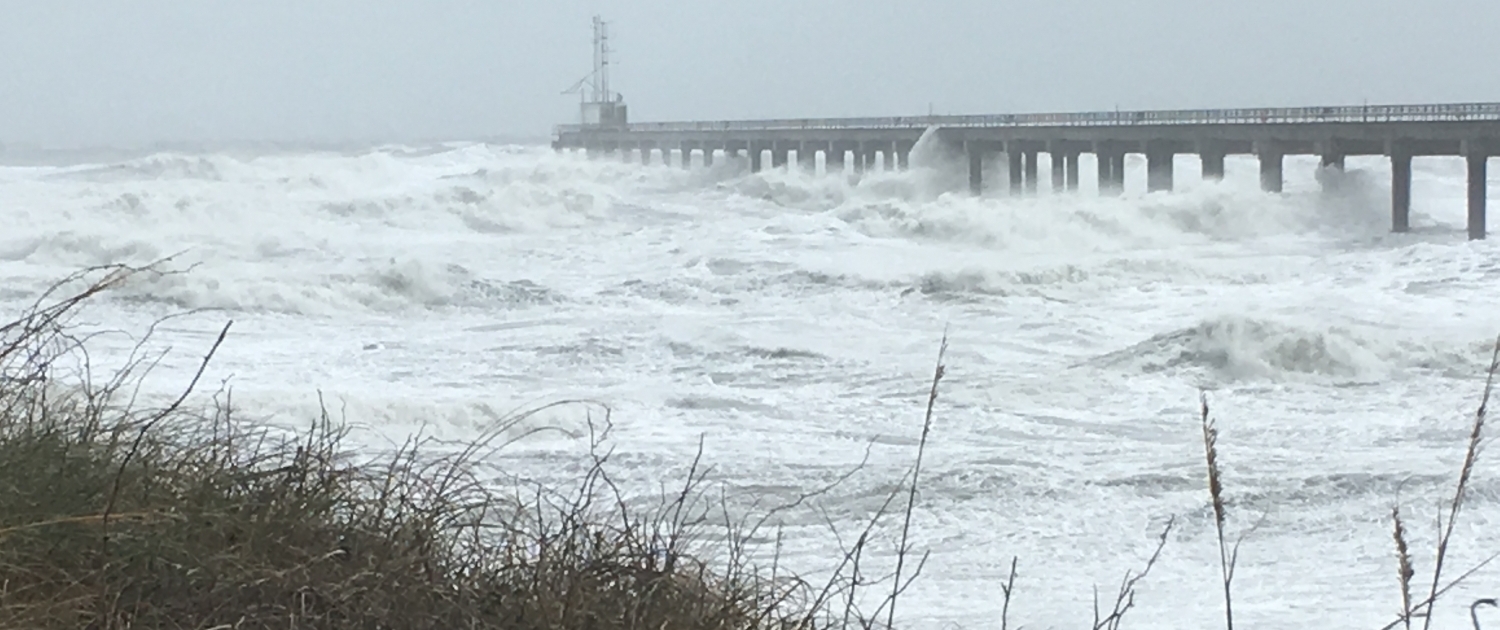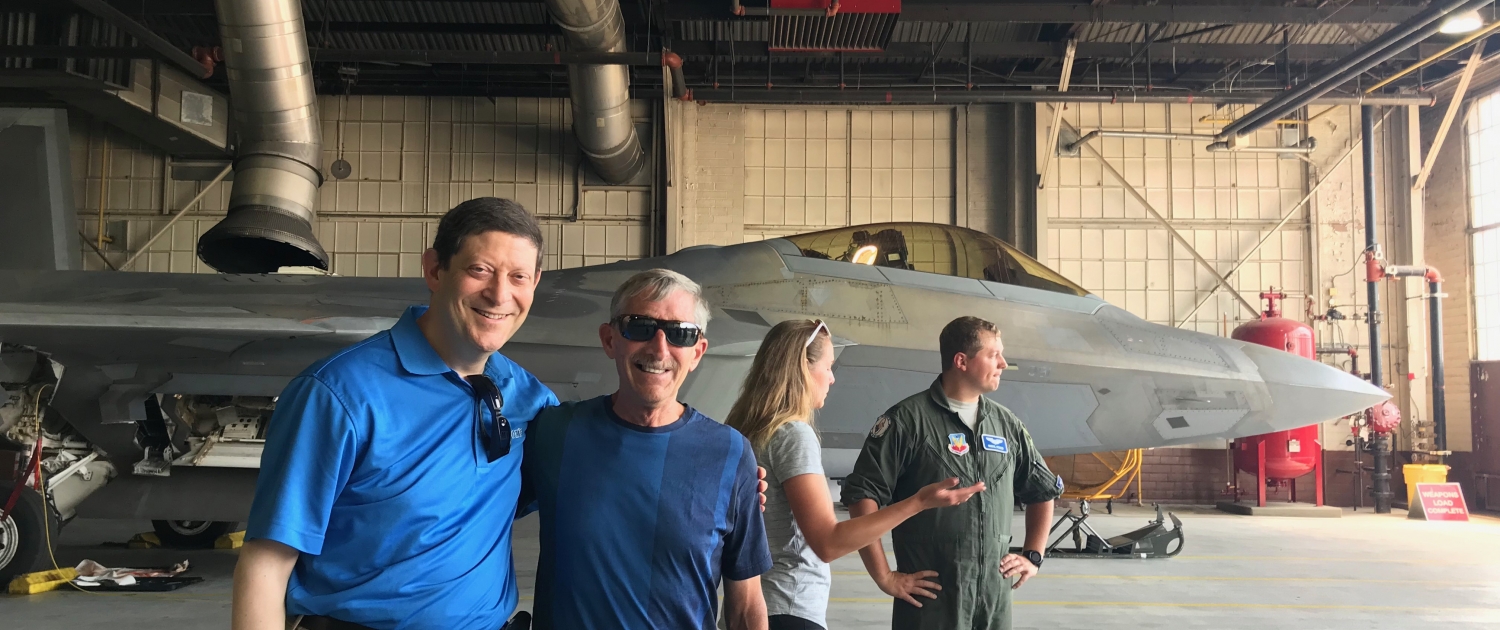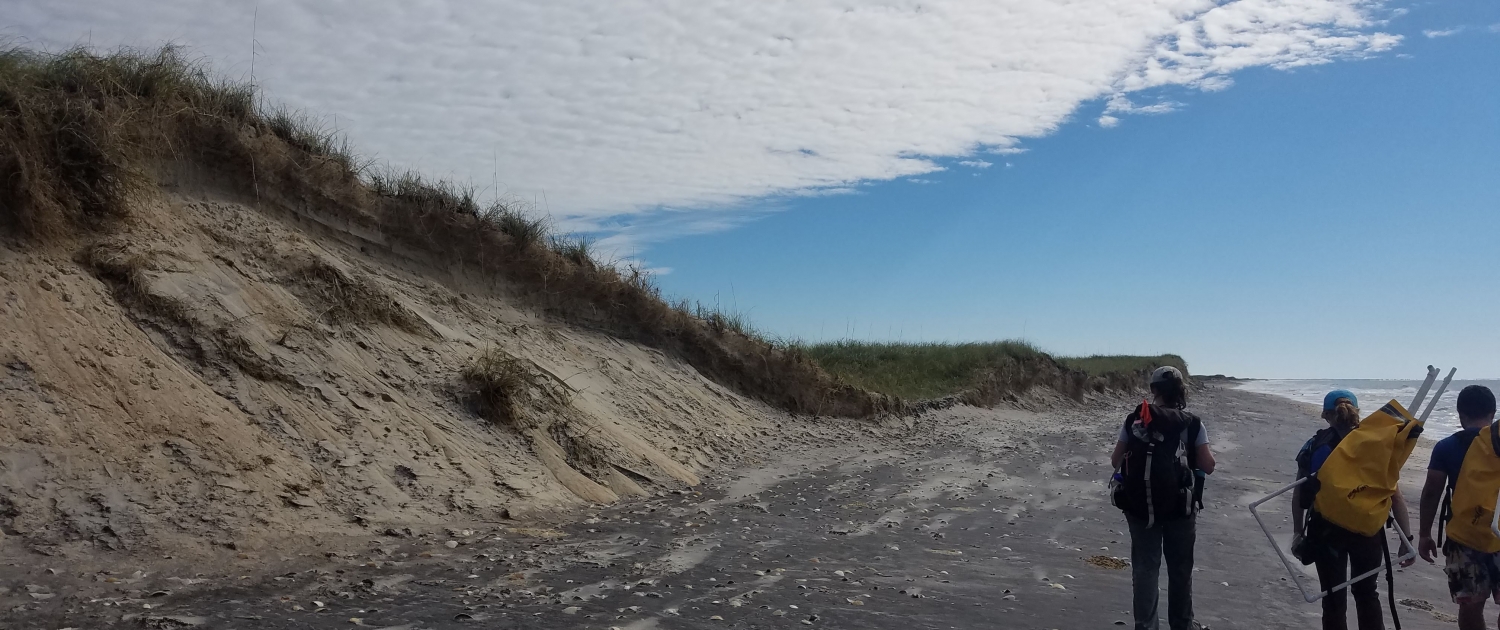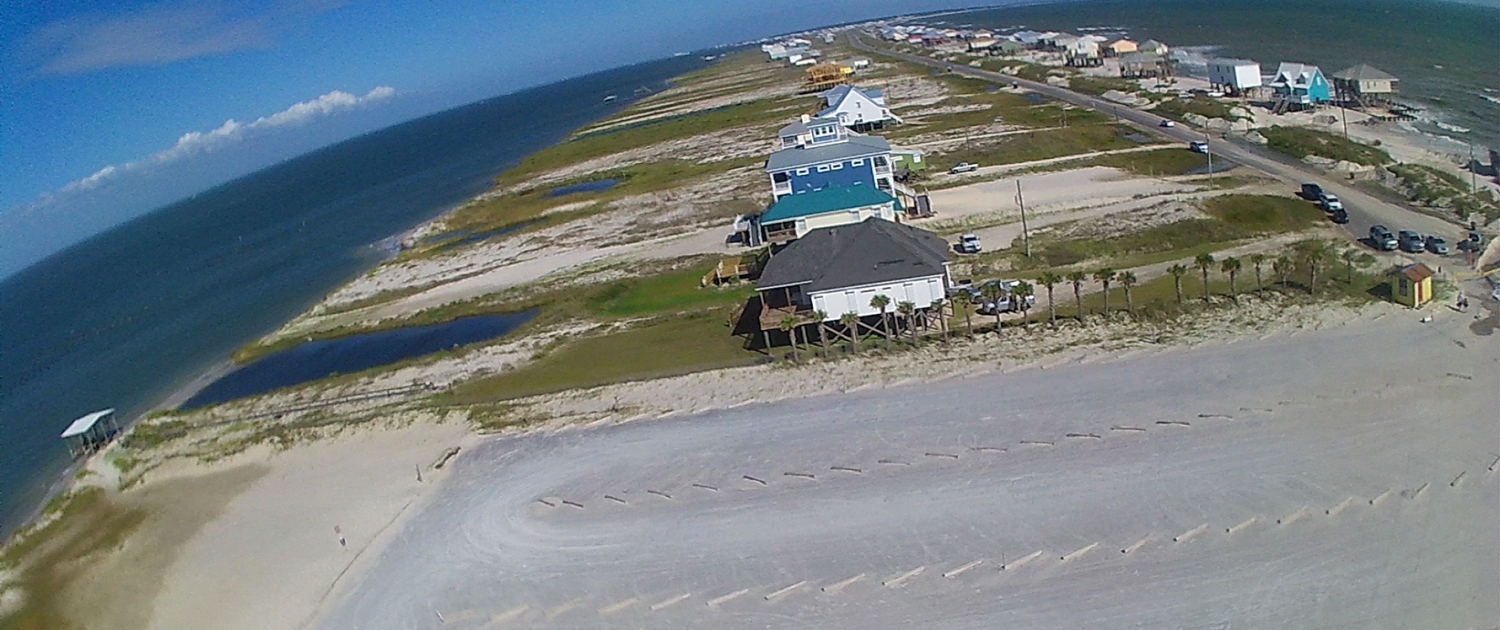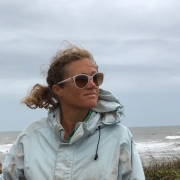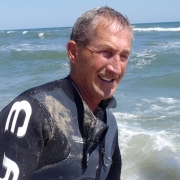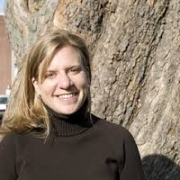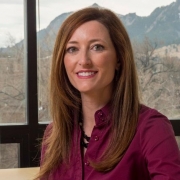NEER will improve resilience of the “nearshore system” by obtaining perishable observations before, during, and after “extreme events,” with a primary focus on storms, that are critical to understanding and modeling interactions between natural-system processes, the built environment, and societal responses and actions.
The “nearshore system” is defined as the region where oceans and estuaries interact with land. NEER may investigate processes that affect the nearshore system, as well as those within the nearshore system.
The primary focus of NEER is on major storms. However, “extreme events” is defined broadly to include events that are predicted to cause rapid changes (shocks) to the coupled nearshore system, and thus require rapid, pre-event deployments to obtain observations of the evolving interactions between natural processes, the built environment, and communities.

